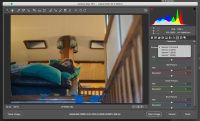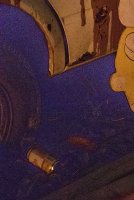Am I going crazy, or is camera raw 11 really awful at recovering shadows in high ISO photos?
Recovering shadows with a photo that's about 20000 ISO from a 5D4 causes the dark areas to just look completely noisy/awful. I mean yes I know it's high ISO and a dark part of the photo, but this just looks terrible, like distractingly bad. I don't remember it being this bad with previous versions of camera raw. Is there any way I can re-load an older camera raw to compare?
Recovering shadows with a photo that's about 20000 ISO from a 5D4 causes the dark areas to just look completely noisy/awful. I mean yes I know it's high ISO and a dark part of the photo, but this just looks terrible, like distractingly bad. I don't remember it being this bad with previous versions of camera raw. Is there any way I can re-load an older camera raw to compare?



